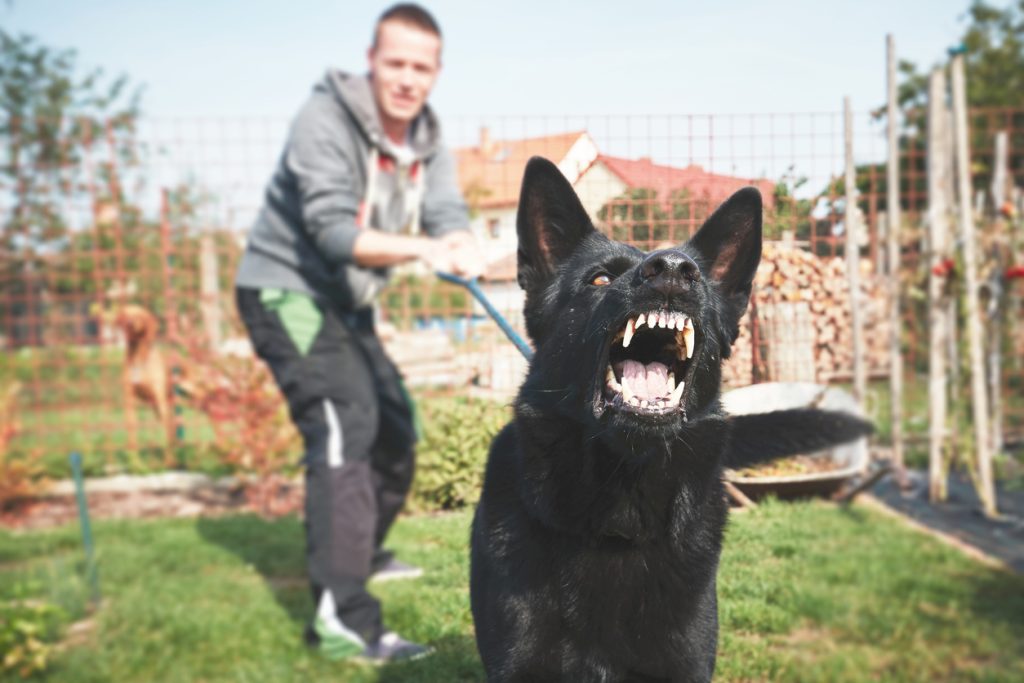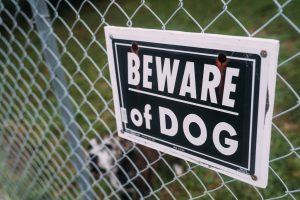Statistics show that specific dog breeds are more prone to biting than others. Breeds such as Pit Bulls, Rottweilers, and German Shepherds are often reported as the most frequent culprits in bite incidents. This information is crucial for potential dog owners and families to ensure safety and make informed decisions about pet adoption.
Understanding the common triggers for dog aggression can significantly reduce the chances of bites. Factors like socialization, training, and the dog's environment play a vital role in behavior. Educating oneself about these aspects can help manage risks and promote safer interactions between dogs and humans.
Preventative measures are essential for minimizing dog bite incidents. Implementing proper training, ensuring regular socialization, and supervising interactions with children are effective strategies. By taking these steps, dog owners can create a safer environment for everyone involved.
Identifying High-Risk Dog Breeds and Understanding Their Behavior
Understanding which dog breeds are more likely to bite and the behaviors that contribute to such incidents is crucial for prevention. Certain breeds, often labeled as high-risk, exhibit specific characteristics that can influence their propensity for aggressive behavior.
Statistics on Dog Bite Incidents
Statistics show a concerning trend regarding dog bites in the United States. According to the Centers for Disease Control and Prevention (CDC), around 4.5 million dog bites occur annually. Notably, certain breeds are frequently implicated in severe bite incidents.
The American Veterinary Medical Association (AVMA) notes that breeds such as Pit Bulls, Rottweilers, and German Shepherds are often associated with higher bite rates. Data suggests that 65% of dog bite fatalities involve these breeds. While it's essential to address individual dog behavior rather than breed alone, these statistics highlight the need for careful management and awareness around specific breeds.
Behavioral Traits of High-Risk Breeds
High-risk breeds often display distinct behavioral traits that can contribute to aggression. Protectiveness and territoriality are common among breeds like Rottweilers and Doberman Pinschers. They may perceive perceived threats to their family or environment.
Moreover, breeds such as Pit Bulls often exhibit higher levels of energy and need for exercise, which, if unaddressed, can lead to frustration and aggressive behaviors. Socialization is crucial; without proper exposure to various environments and people, these dogs may develop fear-based aggression.
Understanding these behaviors is key to preventing incidents. Owners of high-risk breeds should invest time in training, socialization, and regular physical activity to minimize the risk of aggressive incidents. Consulting resources like a dog bite settlement calculator after an incident can also provide insights into potential claims and settlements regarding dog bite cases.
Strategies for Preventing Dog Bite Incidents
Implementing effective strategies can significantly reduce the risk of dog bite incidents. Key areas of focus include responsible ownership, public education, and targeted precautions for at-risk groups.
Responsible Dog Ownership
Responsible ownership is crucial for preventing dog bites. Owners should invest time in training their dogs using positive reinforcement techniques. This helps to foster good behavior and reduces aggression.
Regular socialization with different people, environments, and other animals is essential. Dogs that are well-socialized are less likely to react fearfully or aggressively in unfamiliar situations.
Owners must also maintain proper hygiene, nutrition, and health care. Regular veterinary visits ensure that dogs are free of diseases that can lead to irritability or aggression. Additionally, knowing one's dog’s temperament and triggers can help prevent incidents.
Educating the Public on Interaction with Dogs
Public education plays a vital role in preventing dog bites. It is important to teach individuals, particularly children, how to approach dogs safely. Guidelines should include:
- Asking for permission before petting a dog.
- Avoiding quick movements or loud noises that may startle the animal.
- Recognizing body language indicating discomfort, such as growling or a tucked tail.
Workshops and community programs can help raise awareness about safe dog interaction practices. Engaging local schools and community centers can broaden the reach of this vital education.
Preventative Measures for At-Risk Groups
Certain groups are at a higher risk for dog bites, such as children and mail carriers. Tailored preventative measures can help protect these individuals.
For children, parents should supervise interactions with dogs and teach them safe practices. They should emphasize the importance of respecting a dog’s space and recognizing its signals.
For professionals like mail carriers, implementing protocols for encountering dogs can reduce risks. This might include avoiding delivery when a dog is loose or using a dog bite settlement calculator to understand the implications of a bite.
Proper training and clear communication about potential risks are essential to safeguard these at-risk populations.





















